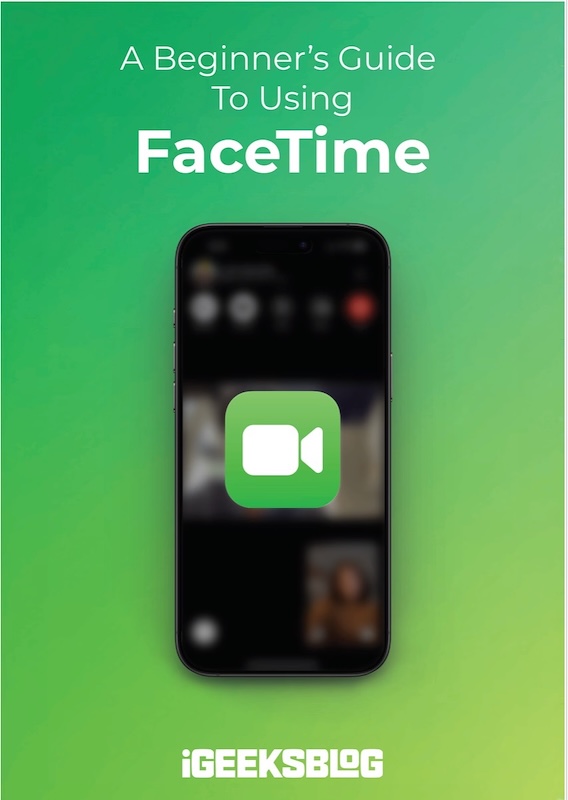
FaceTime Like a Pro
Get our exclusive Ultimate FaceTime Guide 📚 — absolutely FREE when you sign up for our newsletter below.

FaceTime Like a Pro
Get our exclusive Ultimate FaceTime Guide 📚 — absolutely FREE when you sign up for our newsletter below.
Stop your iPhone screen from waking up. Learn how to turn off Raise to Wake.
Ever picked up your iPhone and noticed the screen lights up on its own? That’s Raise to Wake doing its thing. Some people love it since it lets you quickly glance at the time, check notifications without touching a button, or even unlock it with Face ID. But for others, it can be a bit annoying. Maybe your screen lights up too often without you needing it to, or it drains a little extra battery. Either way, you can turn it off or on whenever you like.
Keep reading, and we’ll walk you through everything you need to know about the Raise to Wake feature on iPhones.
Raise to Wake is a feature that automatically wakes up your iPhone’s screen when you lift it; no button pressing is needed. It works by using motion sensors to detect when you pick up the phone, so the screen lights up just enough for you to glance at the time, new messages, or any recent notifications.
Why people like Raise to Wake:
Why Raise to Wake can be annoying:
Raise to Wake is enabled by default. That’s why some people prefer to turn it off and only wake the screen manually. Whether it’s helpful or frustrating depends on how you use your phone—and how often you’re picking it up.
You can easily disable Raise to Wake on your iPhone as shown below:

Once you do this, the feature will be disabled immediately, and your iPhone’s screen will not wake up when you lift it.
At any point, if you wish to use Raise to Wake again, simply tap the Raise to Wake toggle again.
Raise is Wake is available on all the latest iPhones, starting from the iPhone 6s released 10 years ago. This includes:
If you’re using an older iPhone, like iPhone 6 or earlier, you won’t find this feature in your settings because it’s not supported.
You might have seen another feature on iPhone called Tap to Wake. While they sound similar, they work differently:
For users who are worried about battery life, this might be a good middle ground. Tap to Wake is available on iPhones with Face ID (like iPhone X and newer). You can use both features together or just enable the one you prefer.
If you want to turn on/off Tap to Wake, too, you can do so like this:

Both these settings give you control over how and when your iPhone wakes up.
You now know how Raise to Wake works on iPhones and how to manage it. Whether you like the convenience of your phone lighting up instantly or prefer to save a bit of battery and avoid accidental wake-ups, the choice is yours. You can even use Tap to Wake, if that sounds more like your style. And the best part? You can switch these features on or off anytime you change your mind.
Related articles worth reading: